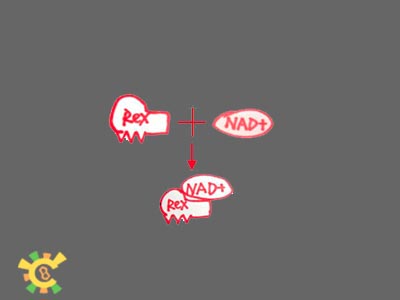Team:Shenzhen/Project/YAO.Sensor
From 2012.igem.org
(Difference between revisions)
XiaopengXu (Talk | contribs) |
|||
| Line 25: | Line 25: | ||
<h5>Introduction</h5> | <h5>Introduction</h5> | ||
<ul><p> | <ul><p> | ||
| - | Generally, each cellular process has many feedback circuits to sense its states. So bio-processes in YAO also need to be regulatable. With the production process continues, the product in YAO accumulates and eventually causes changes of state in the matrix. In order to monitor the process, we constructed a genetic machine, which can receive signals and report the states. That it to say, when the amount | + | Generally, each cellular process has many feedback circuits to sense its states. So bio-processes in YAO also need to be regulatable. With the production process continues, the product in YAO accumulates and eventually causes changes of state in the matrix. In order to monitor the process, we constructed a genetic machine, which can receive signals and report the states. That it to say, when the amount product approaches to max, YAO can tell the cell to release the product, or commit suicide for bio-safety purpose. Since YAO is still on the way, here we designed a mitochondrial sensor system to exemplify our idea.</p></ul> |
<ul><div class="figurep"> | <ul><div class="figurep"> | ||
[[File:project_yao_sensor_p1.gif]] | [[File:project_yao_sensor_p1.gif]] | ||
| Line 43: | Line 43: | ||
<ul><div class="figurep"> | <ul><div class="figurep"> | ||
[[File:project_yao_sensor_p3.jpg]] | [[File:project_yao_sensor_p3.jpg]] | ||
| - | <p>Figure 3. While NAD+ ratio is low, | + | <p>Figure 3. While NAD+ ratio is low, ROP is unbound and GFP can express. While NAD+ ratio is high, REX binds with ROP, preventing GFP's expression.</p></div></ul> |
</div> | </div> | ||
</div> | </div> | ||
{{:Team:Shenzhen/Temp/gallery.htm}} | {{:Team:Shenzhen/Temp/gallery.htm}} | ||
Latest revision as of 02:07, 27 September 2012
 "
"







































